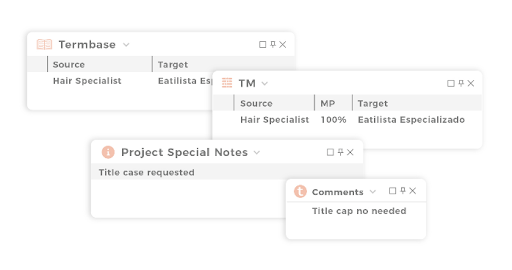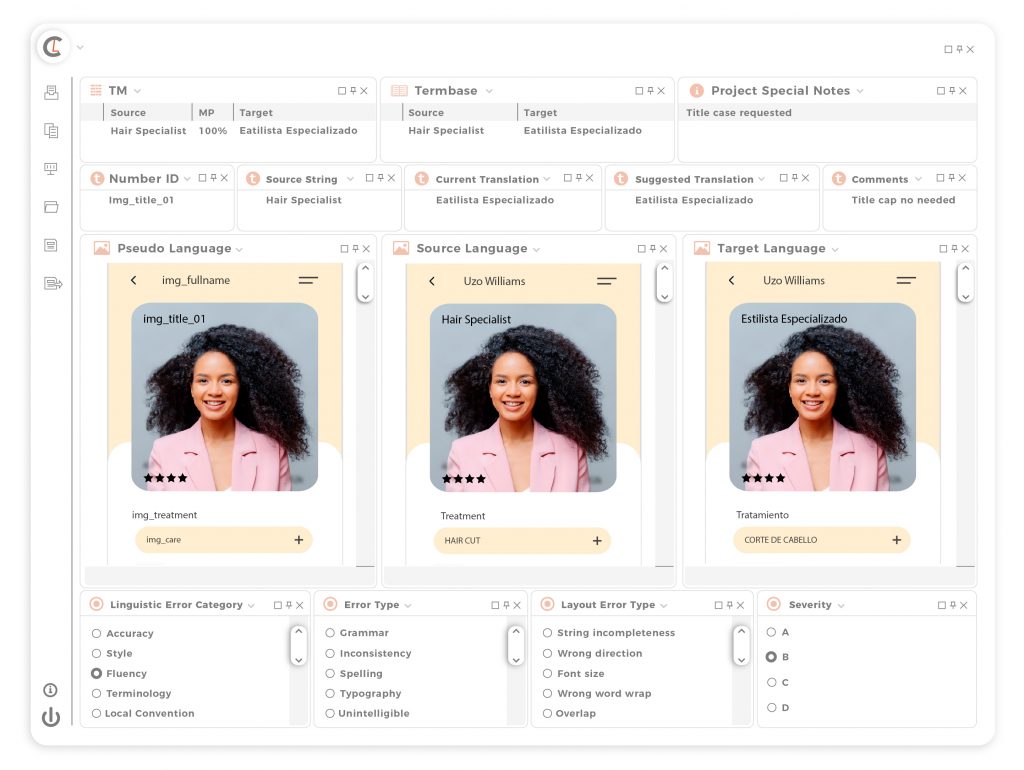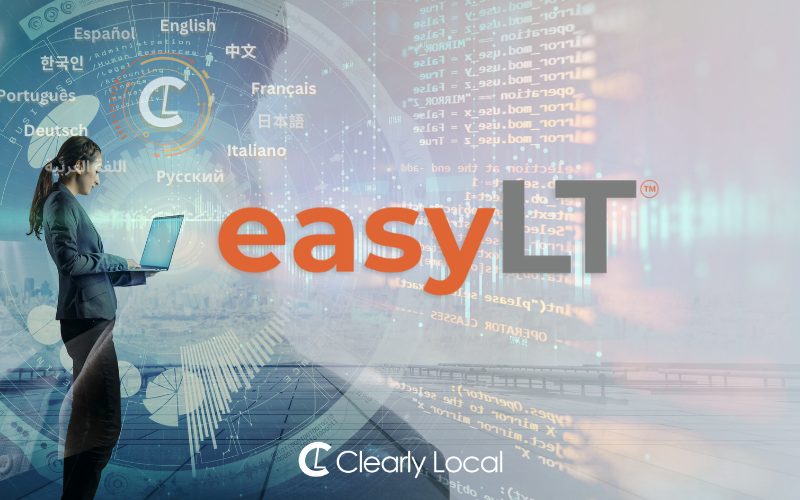A brief overview of localization testing challenges
In today’s globalized digital landscape, the significance of localization testing cannot be overstated. Lingoport’s research brings to light a compelling fact: addressing localization issues during testing can be up to ten times more cost-effective than post-launch fixes, to be precise, it costs times more to fix bugs on live products than if they were fixed during the localization testing phase. Yet, even with sophisticated localization processes and expert linguists, products often need help with in-context linguistic defects. This underscores a crucial gap in the localization landscape, particularly in providing comprehensive visual contexts, like screenshots, to translators working on apps, software, or video games. Despite advances in Translation Management Systems (TMS) and integration with UXs like Figma and Sketch, many projects still lack sufficient visual references, leading to persistent localization challenges.
The Challenges at Hand
Localization testing (LT) is hailed for its potential to pinpoint localization discrepancies, allowing testers to view content as it would appear to the end-user, in context and, depending on the testing type, in-flow.
However, traditional approaches to LT are fraught with hurdles:
- Cost Perception: Many companies view localization as a significant addition to project budgets, deterring comprehensive testing efforts.
- Resource Allocation: Effective localization testing demands substantial support from various departments, often stretched thin by their primary responsibilities, to provide essential resources like screenshots, test cases, and testing environments.
- Agility and Productivity: Customization is vital in localization testing due to varying product requirements. However, lacking agile is that cater to specific needs without imposing high costs can severely hamper productivity. The complexity of juggling translations and reference materials across multiple windows further exacerbates this issue.
- Reporting and Accuracy: Relying on conventional s not designed explicitly for localization testing often leads to inaccurate and error-laden reports, increasing friction and reinforcing the abovementioned challenges.

easyLT: A Tailored Solution
Step into the world of easyLT, a solution crafted from an in-depth comprehension of the unique challenges in localization testing. Conceived from the ground up based on real-world project insights, easyLT stands as a testament to our team’s commitment to innovation. Designed for seamless integration, easyLT offers unparalleled agility, making it a perfect fit for our client’s diverse and evolving requirements.

Key Features of easyLT
- Intuitive Design and Usability: With a focus on user experience, easyLT features an intuitive design that allows users to quickly familiarize themselves with its functionalities, minimizing the learning curve and enhancing user engagement.
- Customizable Reporting: easyLT offers advanced reporting capabilities that can be tailored to meet the specific requirements of each project, providing clear, concise, and relevant insights that drive decision-making.
- Multilingual User Interface Display: easyLT’s interface supports multiple languages display, giving testers access to bilingual UI screenshots and all localization assets needed within a one-and-one display.
Benefits for Users
- Increased Efficiency and Productivity: By automating routine tasks and project workflow, easyLT enhances operational efficiency and boosts productivity, enabling users to focus on high-value activities.
- Error-Free Reporting: The integration of cutting-edge technologies ensures the reporting process is expedited and free from the standard errors associated with manual interventions.
- AI and OCR Technologies: These technologies play a pivotal role in streamlining processes and improving the accuracy of content analysis and reporting, setting a new standard in localization testing. Screenshots and segments indexing can be very cumbersome; imagine that it could be done automatically from your UI strings repository library and a database of screenshots, saving hours of work for the project preparation.
Impact
Diverse sectors, from mobile phone manufacturers to cryptocurrency firms, attest to the transformative effect of easyLT on their projects. These endorsements showcase easyLT’s proficiency in minimizing errors, cutting costs, and elevating project results, underscoring its versatility and effectiveness across various industries.
How the easyLT Platform Stands Out
Compared to traditional localization testing methods, easyLT offers a distinctive approach by addressing the core challenges of cost perception, resource allocation, agility, and reporting accuracy. Its unique selling points lie in its innovative features, which are designed to offer a more efficient, accurate, and user-friendly solution.
Getting Started with easyLT
Adopting easyLT is as straightforward as its name suggests. Users are guided through a simple process of providing UI strings in their native format, along with essential translation assets such as TB, TM, and SG. Scheduling a session to discuss screenshot possibilities further eases the integration process, ensuring a smooth transition to using easyLT.
Conclusion
easyLT stands as a testament to innovation in localization testing, offering a suite of features and benefits that address the longstanding challenges of the industry. By enhancing efficiency, accuracy, and user experience, easyLT sets a new benchmark for localization testing. We invite you to explore the transformative potential of easyLT for your localization projects. To discover more or to arrange a demonstration, please visit our platform and take the first step towards revolutionizing your localization testing process.
